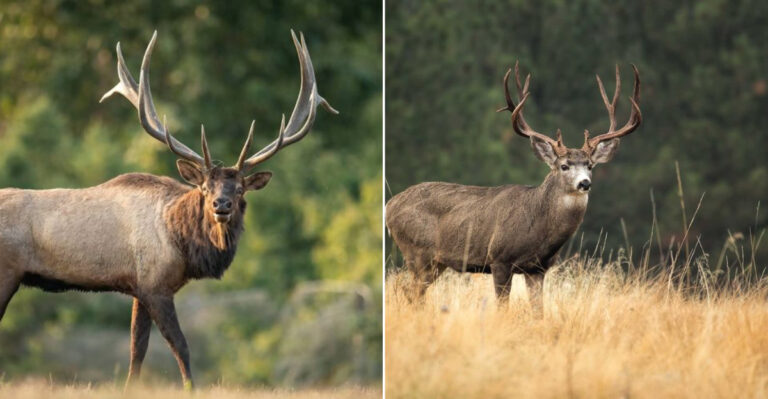How To Identify Birdsongs: 7 Simple Tips For Beginners
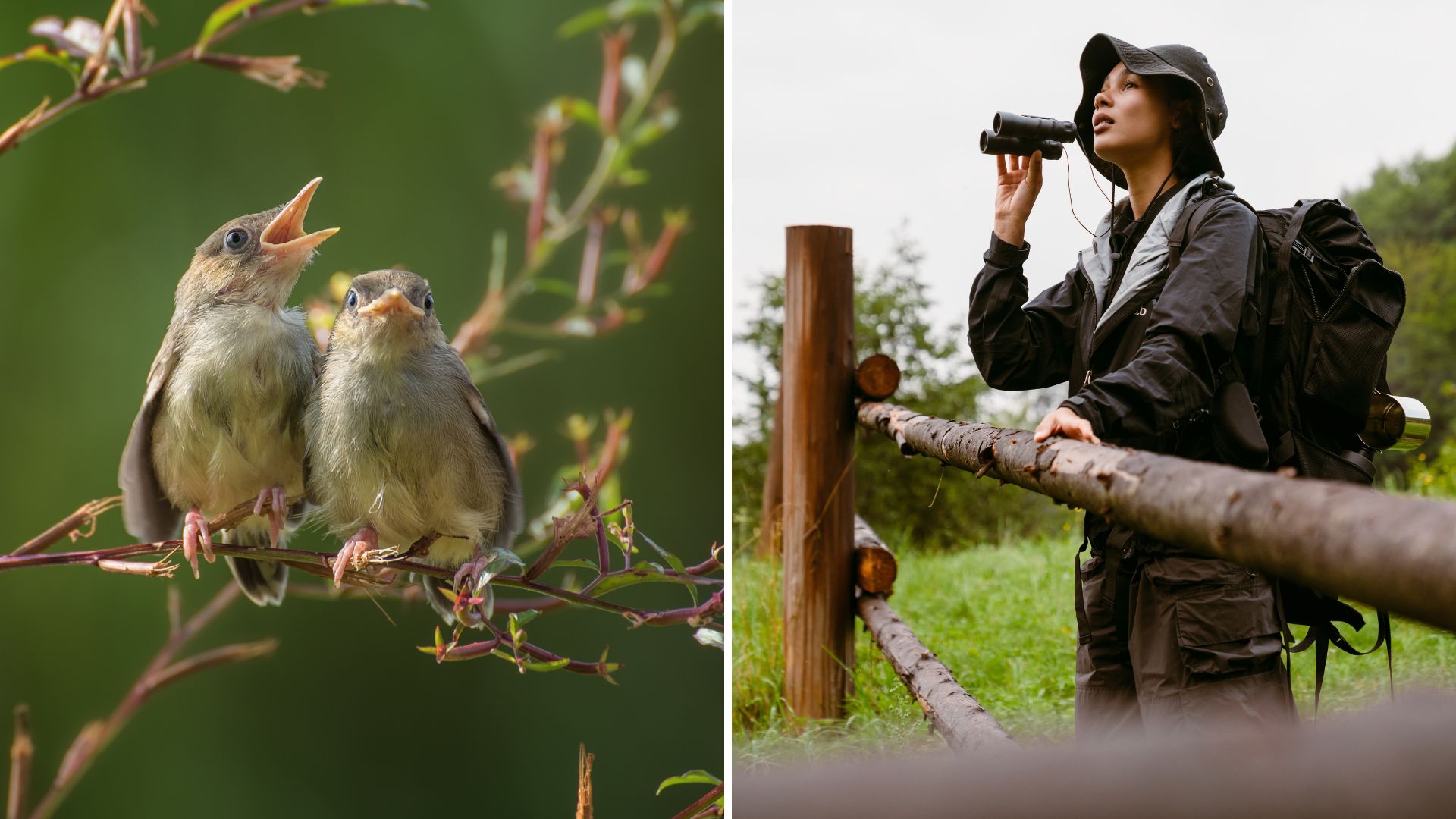
Birdsong identification can be a delightful challenge for beginners. Whether you’re wandering through a park or enjoying your backyard, recognizing these natural melodies can enhance your outdoor experience.
In this guide, we’ll explore 7 straightforward tips to help you tune into the avian concert around you.
Tip 1: Listen Regularly

The first step to identifying birdsongs is to simply listen regularly. Try to spend a few minutes each day focusing on the sounds around you, whether you’re in your garden or a local park. By making this a routine, you’ll start to notice patterns and differences in the songs you hear.
Pay attention to the time of day as well, as birds often have specific times for singing. Morning and evening are particularly good times for listening. As you become more accustomed to these sounds, you’ll begin to differentiate between them.
Using a notebook or a smartphone app to record your observations can be incredibly helpful. Note down the time, location, and any distinct features of the song. Over time, you’ll build a mental catalog of the different birdsongs you encounter, making identification easier.
Tip 2: Use Birdsong Apps
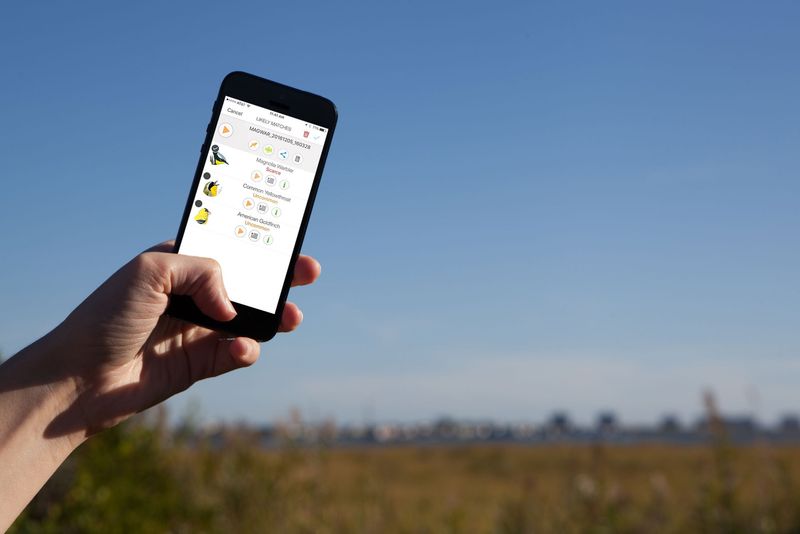
Embracing technology can greatly enhance your birdsong identification skills.
Birdsong apps are available for both smartphones and tablets, offering a wide range of features to assist you. These apps can recognize songs in real time, providing you with immediate identification and information about the bird.
Some apps also include extensive libraries of recordings, allowing you to explore different species at your leisure. This can be particularly useful for familiarizing yourself with the songs of birds you haven’t yet encountered.
Make it a habit to take your device with you during your outdoor adventures. With consistent use, these apps can turn your smartphone into a powerful tool for learning and discovery, aiding you in distinguishing even the trickiest of bird calls.
Tip 3: Understand Song Patterns
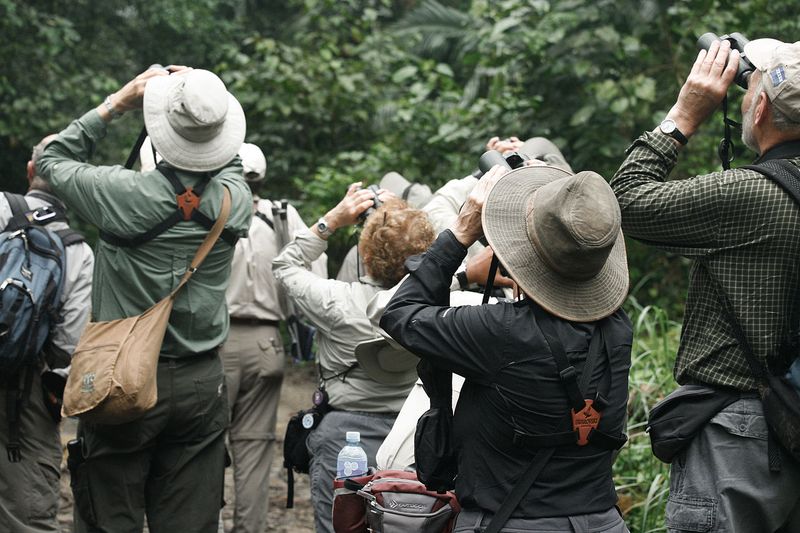
Understanding the patterns in birdsongs can give you a significant edge in identification. Birds have specific songs for different occasions, such as mating calls, territorial warnings, or simple daily communication.
Begin by focusing on one bird species at a time. Listen to recordings and try to identify the purpose of each song. Observe how these patterns change with seasons or times of day. This focused approach will deepen your understanding and appreciation of bird communication.
Additionally, consider attending a local workshop or joining a birdwatching group. Sharing insights and experiences with fellow enthusiasts can provide you with new perspectives and tips. With patience and practice, recognizing song patterns will become second nature.
Tip 4: Start With Common Birds
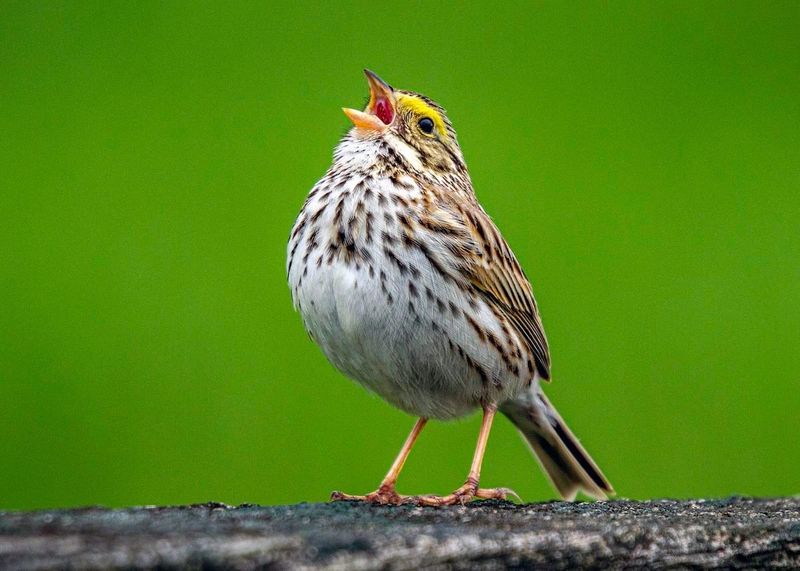
When you’re just starting, it’s wise to focus on learning the songs of common birds in your area. These are the birds you’re likely to encounter most often, so familiarizing yourself with their calls is practical.
Start by researching which birds are native to your state or region. Use field guides or online resources to learn about their songs. Pay special attention to birds like sparrows, robins, and blackbirds, which are prevalent in many areas.
By concentrating on these common species, you can quickly build a solid foundation of bird knowledge. This will boost your confidence and make it easier to identify less familiar birds as you expand your birdwatching horizons.
Tip 5: Record And Review
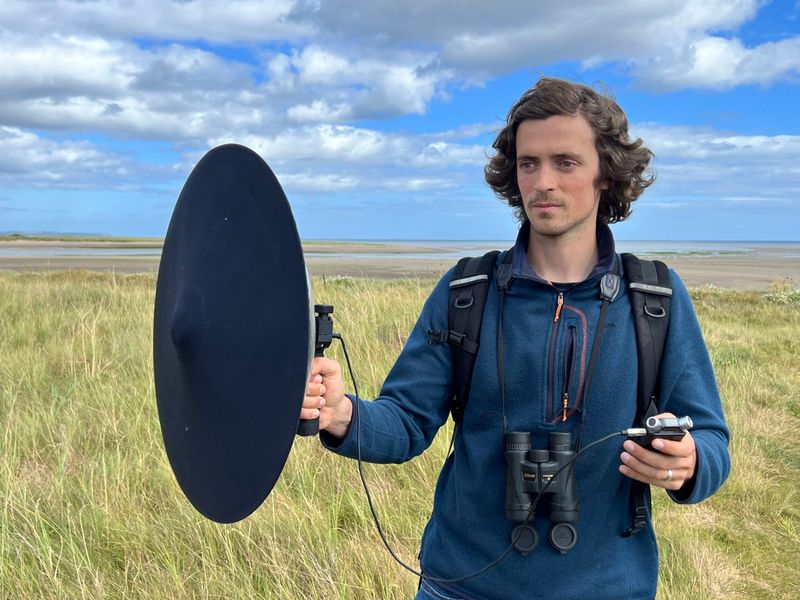
Recording birdsongs can be an invaluable part of your learning process. With a simple audio recorder or a smartphone, you can capture the songs you hear during your outings. This allows you to review them later, refining your identification skills at your own pace.
Once recorded, listen to the birdsongs in a quiet setting where you can focus on the nuances of each call. Compare your recordings with online resources or birdsong apps to verify your findings. This methodical approach helps you recognize subtle differences that might be missed in the field.
Additionally, sharing your recordings with a community of bird enthusiasts can lead to more accurate identifications and learning opportunities. This practice not only aids in personal growth but also contributes to a broader understanding of local bird populations.
Tip 6: Use Mnemonics

Mnemonics can make the process of learning birdsongs more engaging and memorable. By associating the sound of a bird’s call with a simple word or phrase, you create mental cues that help reinforce your memory.
For instance, the song of the American Robin can be remembered with the phrase “Cheer up, cheer up, cheerily.” This playful approach turns learning into a fun and creative activity, making it easier for you to recall songs when you hear them.
Get creative with your mnemonics, and don’t hesitate to sketch or write down your associations. These visual aids can serve as delightful reminders and a practical way to organize your learning journey.
This technique not only enhances memorization but also adds an element of joy to the process.
Tip 7: Be Patient And Persistent

Patience and persistence are key when it comes to identifying birdsongs. It may take time to tune your ear to the subtle differences in calls and songs, but with dedication, progress will follow.
Make it a habit to spend regular time in nature, listening and learning without rushing the process. Celebrate small victories, like accurately identifying a song you’ve been struggling with, as these moments build confidence.
Remember, birdsong identification is a journey, not a destination. Every step forward is an accomplishment, and with steady practice, you will find yourself becoming more attuned to the symphony of nature around you.
This rewarding pursuit offers endless opportunities for growth and connection with the natural world.



